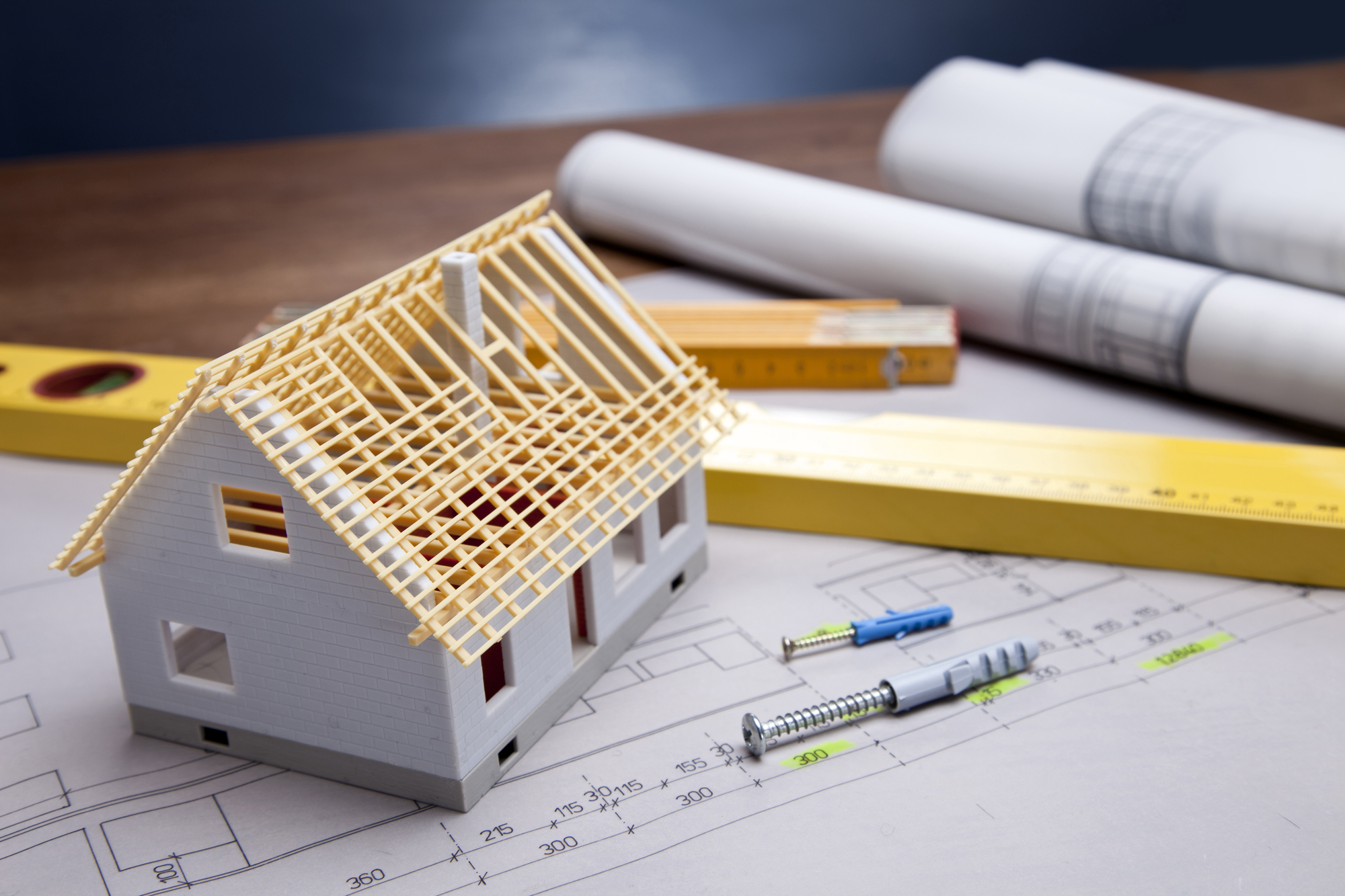Guide to Buying a High-Efficiency Furnace
With occasional maintenance, most furnaces have a lifespan of about 15 to 20 years. As they near the homestretch of their service, furnaces start showing signs of inefficiency, evidenced by frequent breakdown, low-performance levels and abnormally high energy bills at the end of the month. If this is the case, it’s time to contact a technician from Provincial Heating for furnace replacement and installation.
High-efficiency furnaces come with an electronically commutated motor which enables them to run more efficiently compared to standard-efficiency furnaces. Besides, high-efficiency furnaces running on natural gas require minimal energy from electricity to efficiently run the blowers and maintain a constant heat level across your house. When put into perspective, this type of furnace helps you save on your annual energy costs by up to 45%.
Although the market offers a variety of home heating, ventilation, and air conditioning (HVAC) systems, not all of them will work for you. The choice of your high-efficiency furnace depends on a number of factors such as the size and layout of your home, the target room(s) you wish to keep warm, insulation levels, as well as the weather of your location. It’s also important to note that most furnaces are manufactured with standard dimensions. In order to match the air-flow needs of the new furnace, there may be instances where you will have to make a few ductwork and venting modifications in your home.
The first step to buying a high-efficiency furnace is consulting a qualified contractor in Winnipeg. Ensure that you check the contractor’s credentials from trusted local review sites. When looking at the reviews, see what previous customers are saying. A great contractor should have more positive reviews than negative ones. If the contractor is from your locality, they most likely have served other customers in the area so besides looking at online reviews, you could also make actual calls to previous customers and see how they rate the contractor. Once you’ve settled for a suitable home furnace contractor, schedule an in-house consultation. To determine the house modifications needed, the contractor will need to assess your home. For instance, most old and less efficient furnaces are designed with a single steel exhaust pipe. The exhaust pipe is usually fitted near a window. High-efficiency furnaces, on the other hand, come with two chlorinated polyvinyl chlorides (CPVC) exhaust pipes. You may have to make a few structural modifications in your house in order to accommodate the extra pipe.

Upgrading to a high-efficiency furnace is an expensive venture but in the long run, the rewards are worth it, so don’t let the initial costs discourage you. Apart from the home modifications you may have to make, high-efficiency furnaces are generally pricier compared to standard ones. Consider your financing options carefully. You have the option to pay the entire amount upfront after the installation or opt for ordinary financing, in which you pay a certain percentage upfront and spread the rest of the cost over flexible monthly payments. Alternatively, you may choose the rent-to-own financing, which substitutes upfront payment for flat monthly payments.
As you window-shop for a high-efficiency home furnace, be keen to check the Annual Fuel Utilization Efficiency (AFUE) rating before purchasing. You’ll find the rating on a yellow label on the furnace. The rating typically gives you the estimated annual operating costs of the furnace under controlled conditions. Modern home furnaces have come up with an 80% minimum AFUE rating. The most energy-efficient ones have an AFUE rating of more than 90%. This, however, does not mean that the furnace with the highest rating is the best option for you. Your local contractor should guide you on the best one to pick based on the size of your home and the climate of your region.
Most home furnace manufacturers offer up to a 10-year warranty on replaceable parts. To eliminate unnecessary repairs after just a few months of use, a perfectly good high-efficiency furnace still needs proper installation and regular maintenance. Upgrading to a high-efficiency furnace not only saves you operational costs in the long run but also helps in keeping the world green! If you want your high-efficiency to serve you longer, regular maintenance is mandatory, don’t wait till your furnace starts breaking down to call a technician.












Super-Duper website! I am loving it!! Will be back later to read some more. I am taking your feeds also.